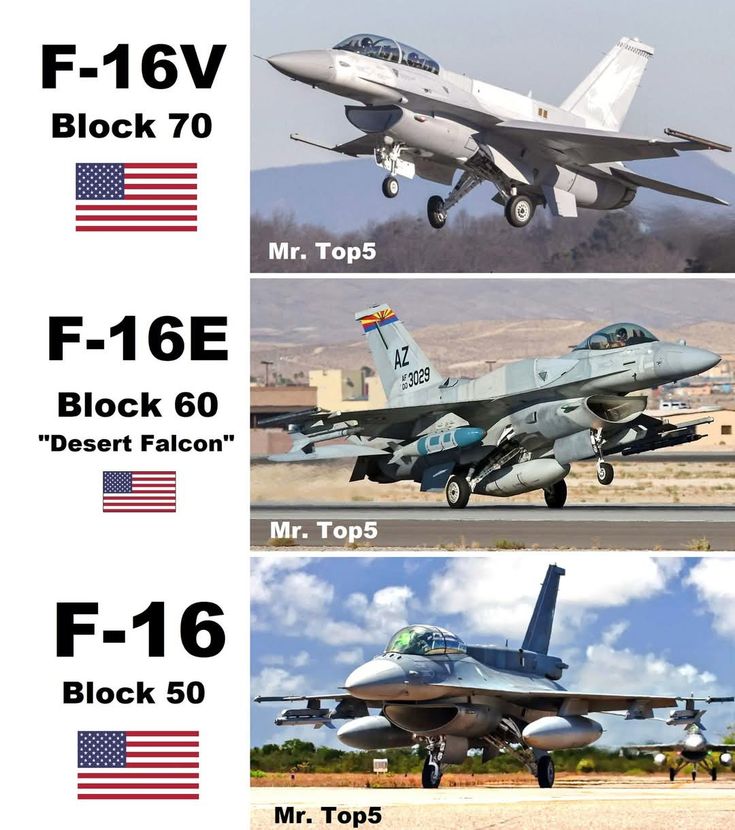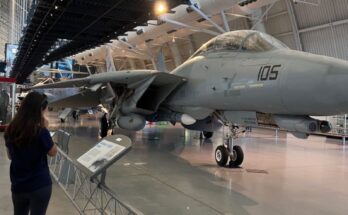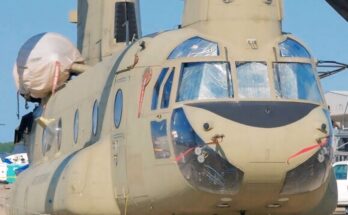
The F-16 Fighting Falcon, developed by General Dynamics and later Lockheed Martin, remains one of the most versatile and widely used multirole fighter aircraft in the world. Over the decades, it has undergone numerous upgrades, resulting in several advanced variants such as the F-16 Block 50, Block 60, and the latest F-16V Block 70.
F-16 Block 50 entered service in the early 1990s, designed for advanced air-to-air and air-to-ground roles. Equipped with the AN/APG-68(V)9 radar, improved avionics, and compatibility with modern weapons such as JDAM and HARM missiles, Block 50 significantly enhanced the aircraft’s Suppression of Enemy Air Defenses (SEAD) capabilities. It is widely used by the U.S. Air Force and allied nations.
F-16 Block 60, developed for the United Arab Emirates (UAE), represents one of the most advanced configurations before the F-16V. It introduced the AN/APG-80 Active Electronically Scanned Array (AESA) radar, conformal fuel tanks for extended range, and advanced targeting systems. Its ability to carry a wide range of precision-guided munitions and its superior avionics made it a benchmark for 4th-generation fighter upgrades.
F-16V Block 70, also known as the “Viper,” is the most modern variant, featuring the APG-83 AESA radar, advanced mission computer, modern glass cockpit with large displays, and improved electronic warfare systems. It offers enhanced survivability, network-centric warfare capability, and compatibility with advanced weapons like AIM-120D and precision-guided bombs. Block 70 aircraft are being delivered to countries such as Taiwan, Slovakia, and Bahrain, ensuring the F-16’s relevance well into the 21st century.
These three variants illustrate the continuous evolution of the F-16 platform, proving its adaptability and long-term value as an affordable, combat-proven fighter in modern air forces worldwide.
Do you want me to make a comparison table of their key features (radar, avionics, engine, weapons) to include with this text? Or should I expand this into a longer article (600–800 words)?


